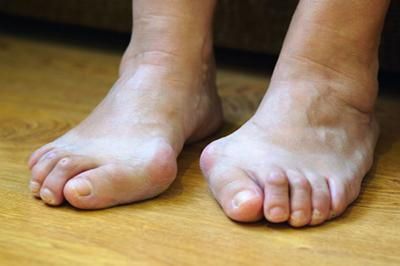New Advances in Bunion Treatment and Prevention

Bunions are a common foot condition that can cause pain, discomfort, and difficulty walking. They occur when the joint at the base of the big toe becomes misaligned, leading to a bony bump on the side of the foot. While bunions can develop due to genetics, improper footwear, or other factors, the good news is that advancements in podiatric care have made treatment and prevention more effective than ever. If you’re struggling with a bunion, seeing a podiatrist can provide relief and help you regain your mobility.
New Advances in Bunion Treatment
Recent advancements in podiatric care have revolutionized the way bunions are treated. Minimally invasive surgical techniques are now available, offering faster recovery times and less post-operative pain compared to traditional bunion surgery. These procedures involve smaller incisions and precise realignment of the bones, allowing patients to return to their normal activities more quickly.
For patients who prefer non-surgical options, custom orthotics have become a key tool in managing bunion symptoms. These specially designed shoe inserts help redistribute pressure on the foot, reduce pain, and slow the progression of the bunion. Advances in orthotic technology have made these devices more comfortable and effective than ever before.
Additionally, physical therapy and targeted exercises are increasingly being used to strengthen the muscles and tendons around the big toe joint. These therapies can improve foot alignment and reduce the risk of further joint damage. Combined with proper footwear, these non-invasive treatments can provide significant relief for many patients.
Preventing Bunions Before They Start
Prevention is always better than treatment, and there are steps you can take to reduce your risk of developing a bunion. Wearing supportive, properly fitting shoes with a wide toe box is one of the most effective ways to protect your feet. Avoiding high heels or shoes that squeeze the toes can also help maintain proper foot alignment.
For individuals with a family history of bunions or structural foot issues, regular visits to a podiatrist can make a big difference. A podiatrist can assess your foot mechanics, recommend preventive measures, and provide early intervention if signs of a bunion begin to appear.
Take the First Step Toward Relief
Bunions don’t have to hold you back. With new advances in treatment and prevention, relief is within reach. Schedule a consultation with a podiatrist today to explore your options and take the first step toward healthier, pain-free feet.

